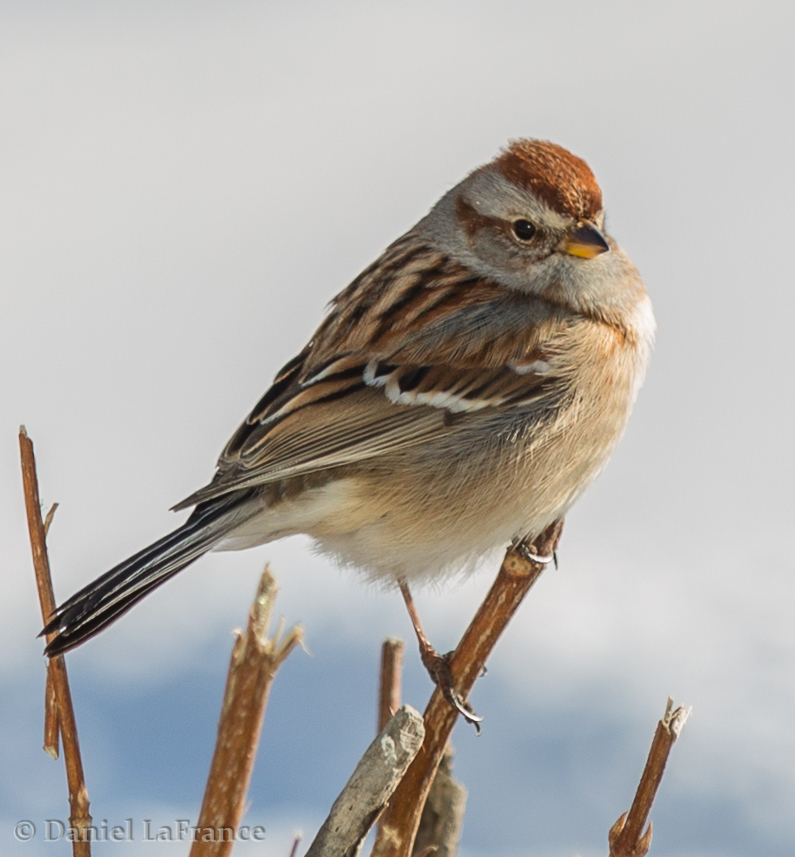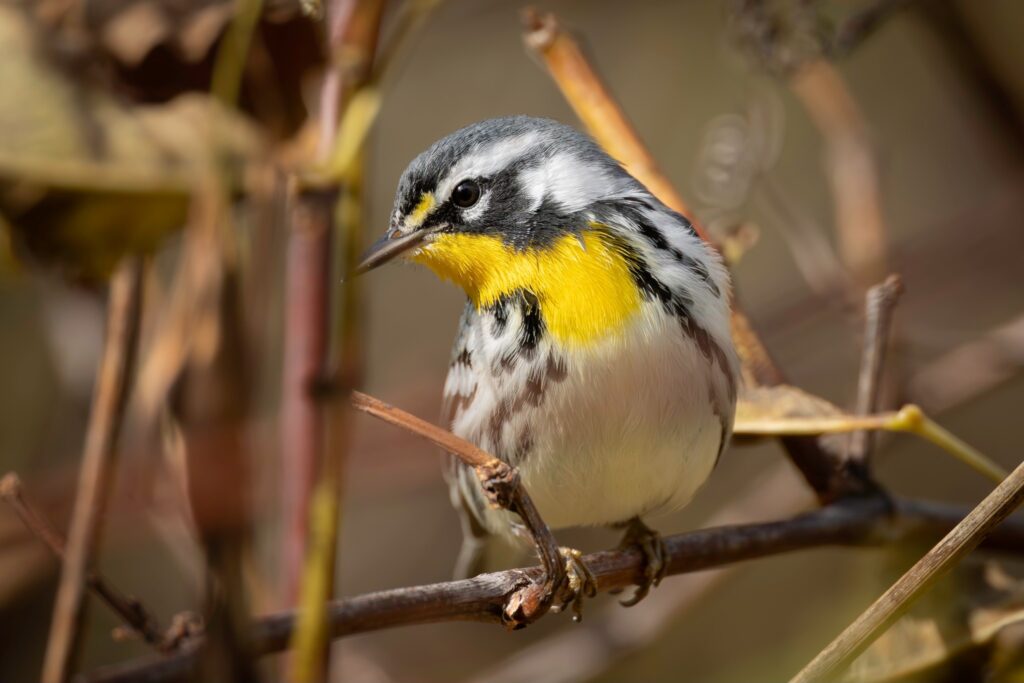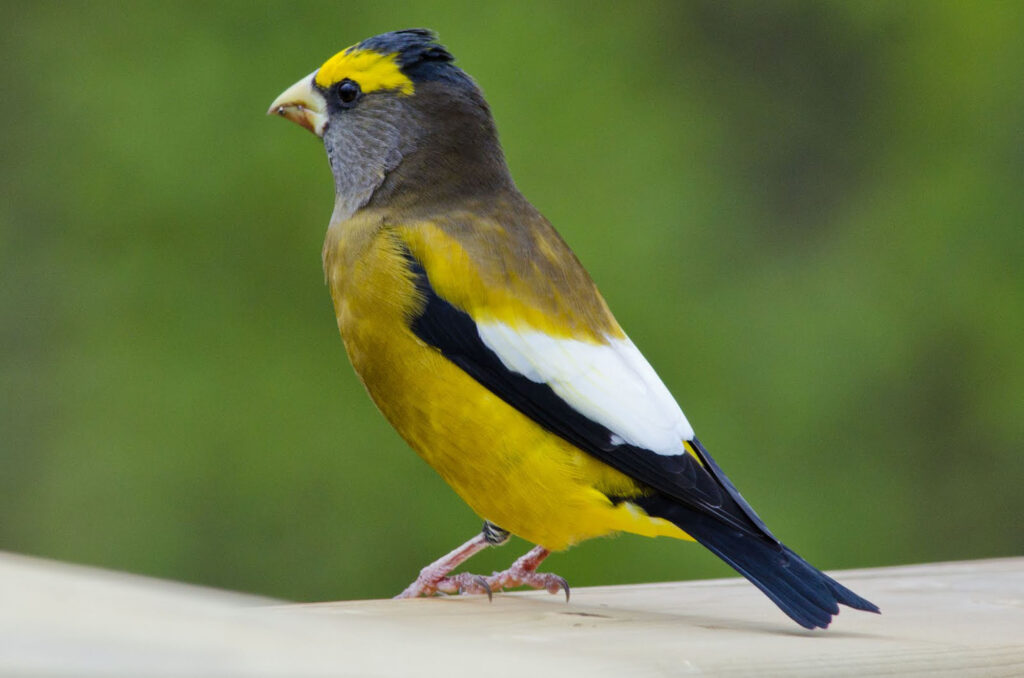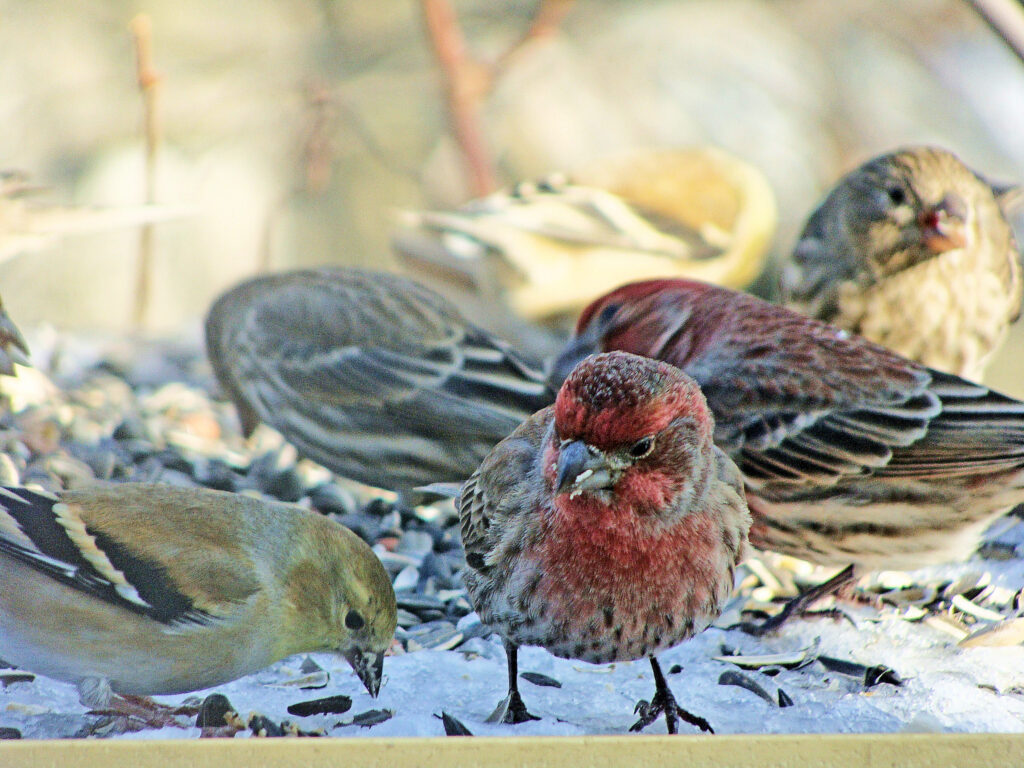Prince Edward County, Ontario, Canada
November is Here! What Birds Can We Expect to be Around This Month?
This month overall is one in which many birders lose interest. The bulk of the migration is over and for bird listers, it is too early to be thinking of starting a winter bird list – an exercise that officially commences on December 1st.
However, November can produce some interesting stuff. In many ways November is like March. Some of the earliest birds to arrive in the spring, are also the latest to depart in the fall. The reason for this similarity is that both months furnish birds with essentially the same kind of food. Therefore, the loons, grebes, ducks, geese and kingfisher that arrive early in the year once the local waters are free of ice, will also remain into November until ice formation deprives them of food, sending them on their way to more profitable feeding areas. We may see AMERICAN WOODCOCK and COMMON SNIPE too hanging around until heavy frost prevents them from probing the earth.
Likewise, many species of sparrows will remain until weeds are stripped bare of their seeds, or winter snows begin to cover them up. Few birds will be heard singing, although some may make weak attempts at exercising their vocal chords if the weather is sunny and warm. The denizens of winter bird feeders, the AMERICAN TREE SPARROWS, started showing up in ones and twos during the last week of October, and will be building in numbers at our feeders as the days go on. They will take the place of those sparrow species that head farther south.

The YELLOW-RUMPED WARBLERS (still Myrtle Warblers to many of us) also hang around until quite late, flitting around windowsills and low shrubs after spiders and the few remaining insects lured out by sunshiny days. Unlike most warblers that retreat to southern climes due to their insectivorous diet, YELLOW-RUMPED WARBLERS will alter their diet to include seeds and fruits. Hence, we may see small numbers of them seeking shelter in fields of red cedar where they will search for the fruiting berries of these trees. Some vagrant warbler species, amazingly, have been known to linger into November, similar to the YELLOW-RUMPED WARBLER that manages to change its diet to allow it to survive. That said, we wonder if the rare YELLOW-THROATED WARBLER that turned up in late October at Prince Edward Point, will challenge the rigours of late fall and linger into November. They have been known to, but it is doubtful if they can survive too far into winter.

For the most part, all shorebirds will have departed from our beaches and mud flats where these birds fed over last month. One exception is the PURPLE SANDPIPER which is traditionally looked for when November rains and flurries are falling. Unlike other shorebirds that prefer sandy and muddy locations, PURPLE SANDPIPERS prefer rocky shorelines. Areas such as West Point, Point Petre and Prince Edward Point are monitored each November for the arrival of these birds. Places like Presqu’ile Park may still produce lingering DUNLINS, SANDERLINGS, PECTORAL SANDPIPERS, both BLACK-BELLIED and AMERICAN GOLDEN-PLOVERS and, of course, lingering KILLDEER.
Wintering ducks such as COMMON GOLDENEYE, BUFFLEHEAD, LONG-TAILED DUCKS (Oldsquaw), RING-NECKED DUCKS and both GREATER and LESSER SCAUPS will continue to build up in numbers. Birders will often find good numbers of these and others at some of the more traditionally productive observation points such as West Point, Prince Edward Point, Point Pere, Salmon Point, South Bay, Smith’s Bay and Prince Edward Point.
A look at the cone and seed crop across Ontario this past summer has offered a glimpse into what may be occurring in the Bay of Quinte area this winter. Well known birder Ron Pittaway who compiled an annual Finch Forecast for 20 years retired from that task this two years ago after 20 years at the helm. Biologist Typer Hoar of Oshawa took over the annual Report from Ron, based on his research of the seed crops developing on trees and shrubs in the area. Some very interesting stuff there, and we hope it provides readers with a little insight as to what may be around at our feeders, and in the field this coming winter.
Our go-to person for this prediction, Tyler Hoar, says, “While there is a widespread crop of seeds and cones, some areas have significant holes caused by insect infestations (Spruce Budworm, Tent Caterpillar, etc.), drought and forest fires. For example, northwestern Ontario, west of Lake Superior, is one area with poor cone crops. Most PINE GROSBEAKS should remain in the boreal forest, and those that roam out of their normal breeding territory will search for fruiting ornamental trees and well-stocked feeders. EVENING GROSBEAKS, however, have enjoyed a moderate flight this past fall, moving out of the boreal forest, and are now looking for bird feeders or suitable food sources further south. EVENING GROSBEAKS are showing signs of making a comeback to winter feeders, reminiscent of the days back in the 1970s when hundreds would descend upon feeders in the Quinte area, and munch away on large striped sunflower seeds all day long. The only difference today is that most feeder operators now offer black oil sunflower seed in their feeders. It is doubtful though if the grosbeaks will turn up their beaks at it.

The boreal forest appears to have a widespread average birch crop this year, so this may determine whether or not eastern Ontario sees an influx of REDPOLLS this winter. A few may trickle down from the boreal forests, but I doubt if it will be what is known in bird speak as an “irruption”. Same with PINE SISKINS, and both RED and WHITE-WINGED CROSSBILLS. The wild food crop in the boreal forests seems adequate. Siskins and crossbills are nomadic birds and wander all over Canada, wherever cone crops are good. They’ll remain there to feast, ultimately nest, and then move on again in the wake of dwindling supplies.
What about others this winter? For BLUE JAYS (they love acorns on oaks), the deciduous tree crop appears below average across eastern North America, and we expected a low to moderate flight of BLUE JAYS during the fall migration, and that’s what we got. Migrant BLUE JAYS dominate at my feeders, but not in their usual high numbers. The Balsam Fir crop is widespread in some areas with a great crop, so moderate numbers of RED-BREASTED NUTHATCH may be expected this winter at our feeders. Most BOHEMIAN WAXWINGS likely will stay in the north because native Mountain Ash berry crops and other berries are good across much of the boreal forest.
Significant winter storms and freezing rain events may be needed to nudge some species out of the boreal forest this winter. It will be wise to keep an ample supply of black oil sunflower seed in stock should circumstances guide these delightful finch species to our neck of the woods. They will arrive very hungry and ready to gorge on whatever we offer at our feeders.
For a summary of Tyler’s Winter Finch Forecast, CLICK HERE.
